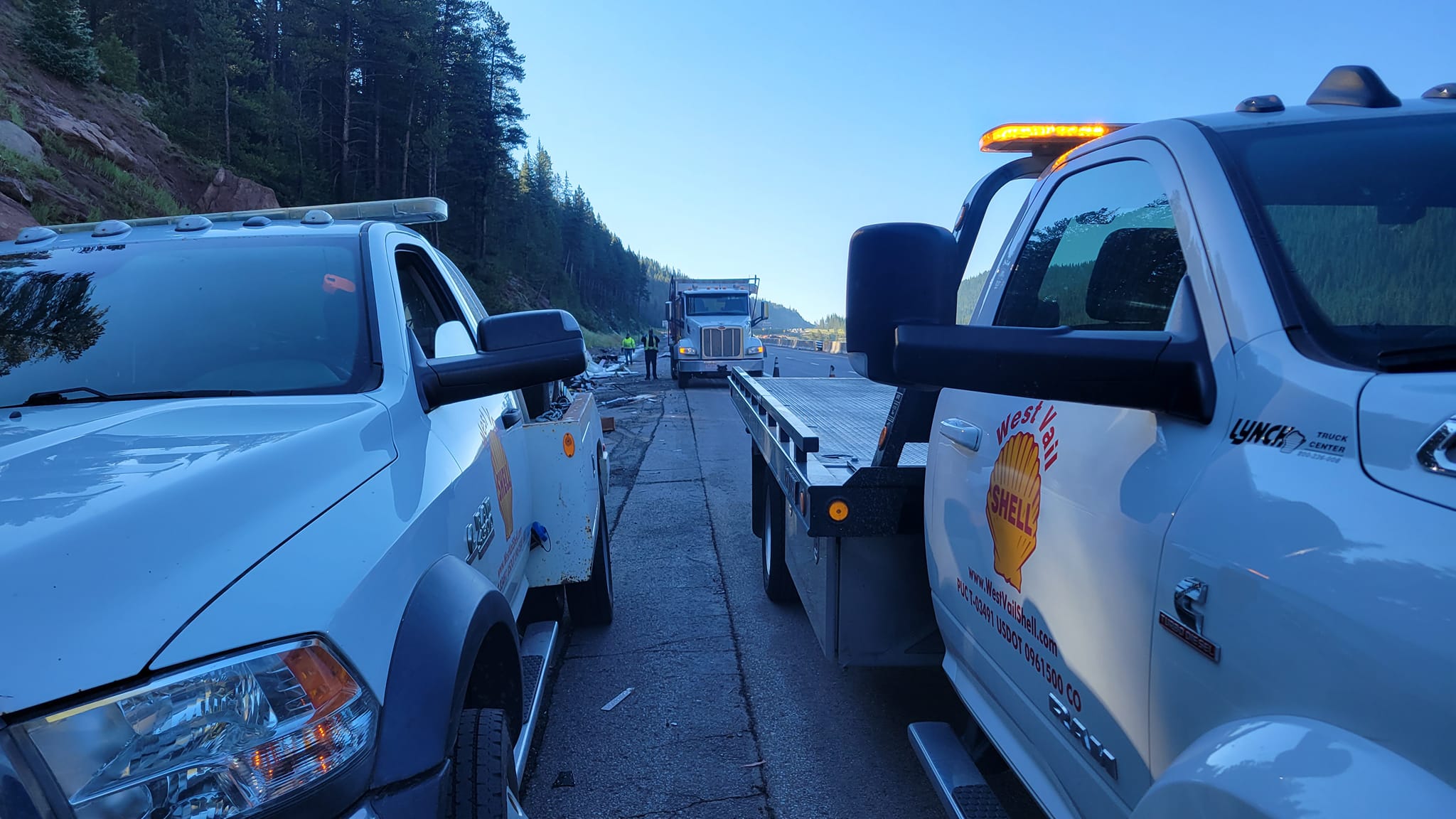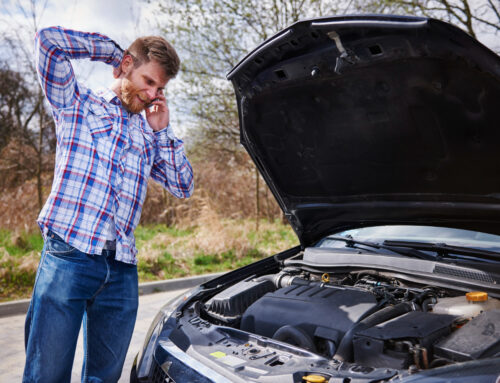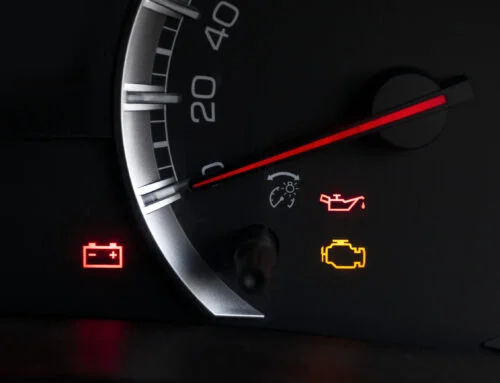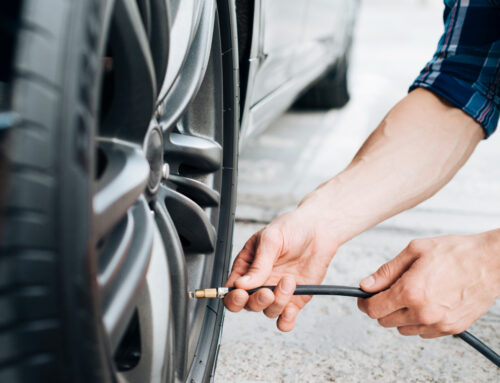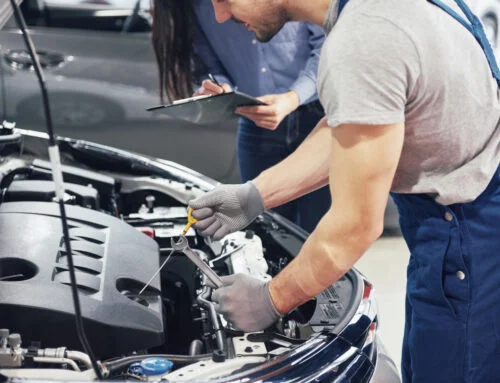When your vehicle breaks down or you find yourself in an accident, the first thing that often comes to mind is getting your car to a safe location. Towing services come to the rescue in such scenarios, but not all towing is created equal. Different situations require different types of towing. Here’s a comprehensive guide to understanding the various types of towing services available, ensuring you know which one to call upon in times of need.
Flatbed Towing
Towing services are essential for transporting vehicles safely, whether due to a breakdown, accident, or other issues. Understanding the different types of towing can help ensure you select the right service for your needs. Flatbed towing is one of the safest and most versatile methods, involving a truck with a flat platform onto which the vehicle is driven or winched. This method is ideal for long-distance towing, luxury cars, vintage vehicles, and motorcycles, as it keeps all wheels off the ground, preventing further damage. Flatbed towing ensures that the vehicle remains secure and stable during transport, making it a preferred choice for valuable or delicate vehicles.
Wheel-Lift Towing
Wheel-lift towing is a more cost-effective option, using a metal yoke under the vehicle’s front or rear wheels to lift them off the ground. It’s suitable for short-distance towing of cars and light trucks that are not severely damaged. However, it’s not recommended for four-wheel-drive or all-wheel-drive vehicles, as it can harm the drivetrain. Wheel-lift towing is a quick and efficient method for roadside assistance, allowing tow truck operators to maneuver easily in tight spaces and urban environments. This method is commonly used by city towing services for parking violations and vehicle relocations.
Hook and Chain Towing
Hook and chain towing, though once common, is now less favored due to the potential for vehicle damage. This method involves hooking the vehicle to the tow truck and lifting one end off the ground. It’s typically used for wrecked cars or those heading to the junkyard. The chains can scratch and damage the vehicle’s body, making it unsuitable for modern cars. Despite its drawbacks, hook and chain towing is still in use for heavy-duty and off-road recovery where precision and minimal vehicle damage are less of a concern.
Integrated Towing
Integrated towing, combining wheel-lift and flatbed towing, is used primarily for heavy-duty towing, such as buses and large trucks. This method offers the strength and versatility needed for larger vehicles. Integrated tow trucks have an extra axle for added stability and a reinforced arm that extends under the vehicle, making them suitable for challenging towing scenarios. These trucks are often used by municipal towing services and large fleet operators to handle the demands of towing substantial, heavy vehicles safely and efficiently.
Heavy-Duty Towing
Heavy-duty towing involves specialized trucks capable of handling large, heavy vehicles like RVs, buses, and commercial trucks. These trucks provide the power and stability required for towing these substantial vehicles safely. Heavy-duty tow trucks are equipped with robust winches, extended wheelbases, and reinforced frames to manage the weight and size of the vehicles they tow. This type of towing is essential for logistics companies, public transportation services, and construction firms that rely on the efficient movement of large vehicles and equipment.
Off-Road Recovery
Off-road recovery is a specialized service for extracting vehicles stuck in challenging terrains like mud, sand, or snow. This service is crucial for off-road enthusiasts and drivers who find themselves stranded in difficult conditions. Winches, cranes, and other equipment are often employed to retrieve the vehicle safely. Off-road recovery experts are skilled in assessing the terrain and choosing the best approach to minimize further damage to the vehicle. This service is vital for remote areas where traditional towing methods are impractical, ensuring that drivers can get back on the road or trail safely.
Choosing the Right Towing Service
Choosing the right towing service involves assessing your vehicle’s condition, understanding its type and size, and researching reputable towing companies with the necessary expertise and equipment. Asking questions about the methods and equipment used can also ensure your vehicle is towed safely and efficiently. It’s important to look for towing companies with positive reviews, certifications, and experience in handling your specific type of vehicle. Knowing the range of services offered can also be beneficial, especially if you require specialized towing or recovery services.
Conclusion
Understanding the different types of towing services available can help you make informed decisions in times of need. From the secure and stable transport provided by flatbed towing to the heavy-duty capabilities of integrated and heavy-duty towing, each method has its specific applications. By choosing the right towing service, you can ensure that your vehicle is handled with care and reaches its destination safely. Whether you are dealing with a breakdown, accident, or off-road mishap, having the right knowledge can make a significant difference in your towing experience.

